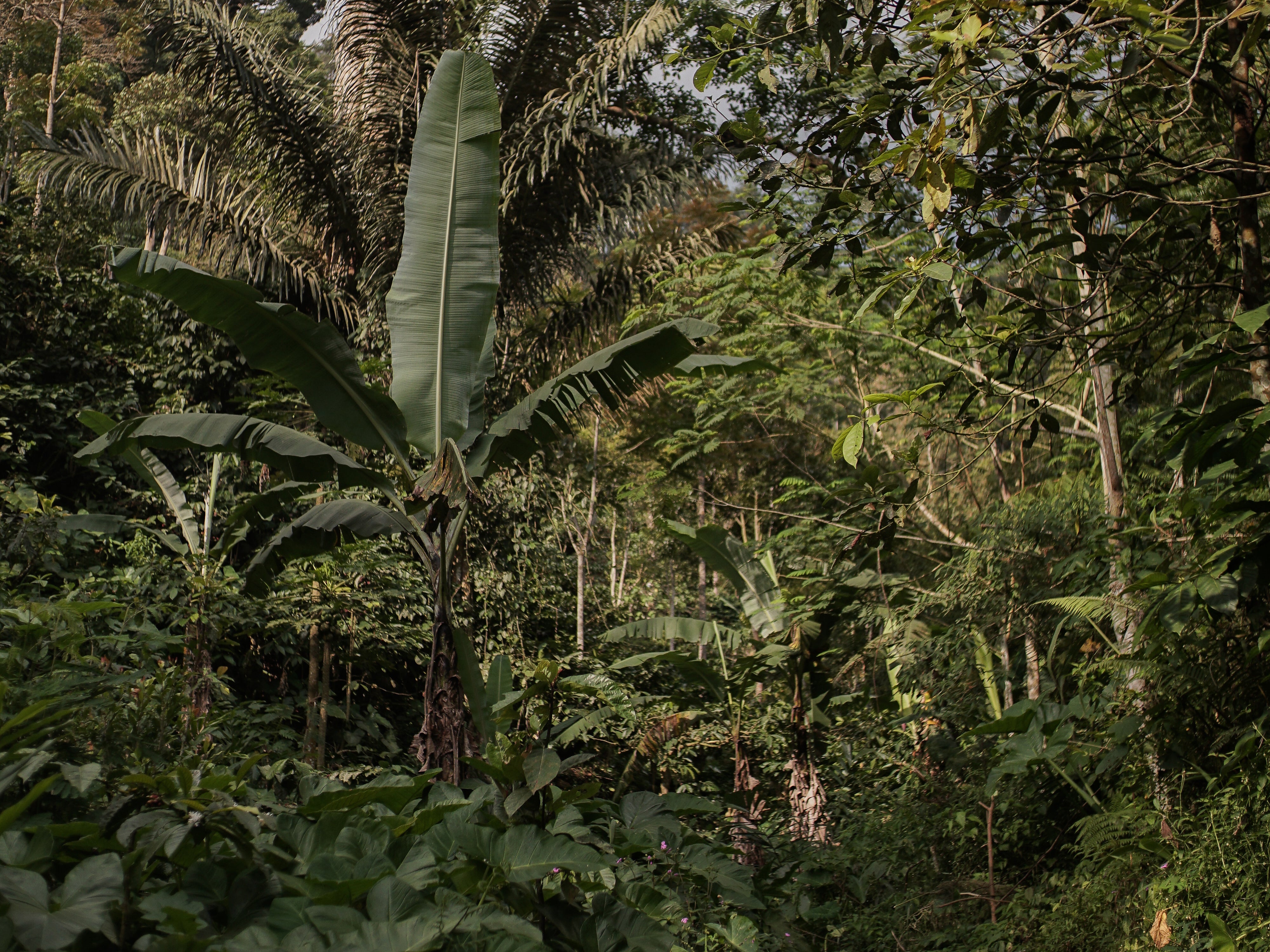
Here’s an inconvenient truth: Batik is a really dirty business.
My first encounter with this issue was when I saw colorful rivers in the villages. The majority of dyes and colorants used today is synthetic as it's cheaper and more efficient. The problem is that if improperly treated, it is extremely toxic to the environment and threaten the health of those working with them.
Now, most craft production in Indonesia is actually outsourced from factories to home workers. This put-out system has its own ethical challenges, but more on that on another post. So imagine this. When the women dye their fabrics with their bare hands behind their house, where does the water go to?

Thus the beginning of this post.
The untreated waste water - full of dyes and other chemicals - goes directly into the communities' water source and rivers. The same river their children goes to play in. The same river used to get water for their household chores. The same river that flows through their rice fields. The problem is so big that The World Bank estimated 20% of water pollution is caused from textile dyeing and finishing.
That’s why at SukkhaCitta, we invest so much time and resources in natural dye trainings. Not for the hype, but because we believe our choices shouldn’t come at the cost of their environment and their health. For something to be beautiful, it's not enough for it just to be pretty. It needs to be kind, to the people who made it and our planet.


3 years onward, we’ve produced 12,000 metres of #MadeRight fabrics this way. That means, you’ve prevented 570,000 litres of waste water – containing non-biodegradable synthetic dyes, pigments and heavy metals – from entering our rivers and oceans!
Don’t take it from us, but it’s definitely something worth celebrating. And all this is made possible by you. Thank you for changing the world with us!
_
For those interested to know more about this issue, I found this article and this documentary to be very helpful.




